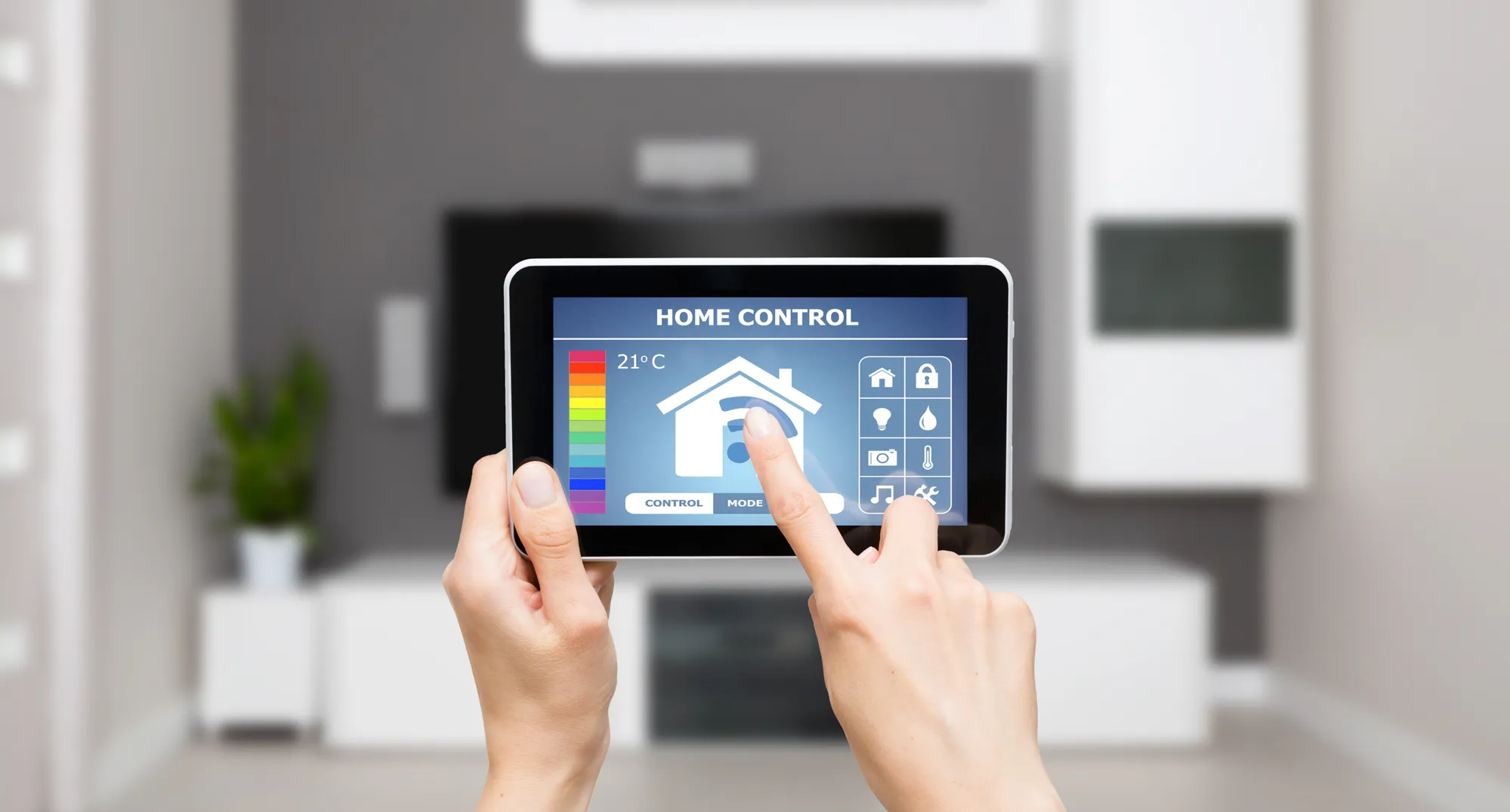The evolution of technology has ushered in an era where homes are not just spaces; they are smart, intuitive ecosystems designed to enhance convenience, efficiency, and overall living experiences. The integration of smart home features represents a paradigm shift in how we interact with our living spaces. This exploration delves into the diverse realm of smart home technologies, unraveling the intricacies and possibilities that come with creating an intelligent, connected home.

1. The Smart Home Revolution: A Glimpse into the Future
Emergence of Smart Home Technologies
The concept of a smart home goes beyond mere automation; it envisions a home that responds to the needs and preferences of its occupants. The smart home revolution is fueled by innovative technologies that seamlessly connect various aspects of home living, transforming traditional spaces into intelligent, responsive environments.
2. Intelligent Infrastructure: Building the Foundation
Understanding the Infrastructure of Smart Homes
At the core of smart homes lies intelligent infrastructure. This includes a network of connected devices, sensors, and systems that communicate with each other. From smart thermostats and lighting to security cameras and voice-activated assistants, the infrastructure forms the backbone of a cohesive and responsive smart home ecosystem.
3. Connected Living Spaces: Creating a Unified Experience
The Integration of Devices for Unified Living
A hallmark of smart homes is the interconnectedness of devices. Whether it’s lighting, heating, or entertainment systems, the seamless integration of devices ensures a unified living experience. This interconnectedness allows occupants to control and monitor various aspects of their homes through centralized platforms or mobile applications.
4. Intelligent Lighting Solutions: Illuminating the Future
Smart Lighting for Ambiance and Efficiency
Smart lighting solutions go beyond the simple act of turning lights on and off. These systems enable users to customize the ambiance of their living spaces. From color-changing bulbs to automated schedules that mimic natural light patterns, intelligent lighting contributes to both aesthetics and energy efficiency.
5. Thermostats of Tomorrow: Climate Control with Precision
Smart Thermostats and Climate Management
Smart thermostats bring a new level of precision to climate control. These devices learn user preferences, adapt to daily routines, and optimize energy usage. The result is a comfortable living environment that is energy-efficient, allowing occupants to enjoy the perfect temperature without unnecessary resource consumption.
6. Security in the Digital Age: Smart Surveillance Systems
Enhancing Home Security with Smart Surveillance
Smart home security systems leverage advanced technologies to provide comprehensive surveillance. From motion detection and facial recognition to real-time alerts sent directly to smartphones, these systems offer a heightened sense of security, allowing homeowners to monitor and safeguard their properties remotely.
7. Voice-Activated Assistants: A Conversational Home Experience
The Rise of Voice-Activated Smart Assistants
Voice-activated assistants, such as Amazon’s Alexa and Google Assistant, have become integral parts of smart homes. These conversational interfaces allow users to control various devices, ask questions, and even receive news updates, creating a hands-free and interactive living experience.
8. Automated Appliances: Effortless Efficiency in Daily Tasks
The Convenience of Automated Appliances
Smart homes feature appliances that seamlessly integrate into daily routines. From smart refrigerators that manage grocery lists to washing machines that can be controlled remotely, these automated appliances add a layer of convenience to everyday tasks, freeing up time for more meaningful activities.
9. Intelligent Entertainment: Elevating Audio and Visual Experiences
Immersive Entertainment with Smart Technologies
Smart home entertainment systems redefine audio and visual experiences. From voice-controlled speakers to home theaters that adapt to viewing preferences, these technologies create immersive entertainment spaces tailored to individual tastes.
10. Connected Kitchens: Culinary Innovation in Smart Spaces
Smart Solutions for Culinary Exploration
Smart kitchens introduce innovations that streamline culinary experiences. From connected ovens and refrigerators that communicate to recipe-guiding digital displays, these technologies enhance efficiency and elevate the joy of cooking in the heart of the home.
11. Energy Management: Sustainable Living with Smart Solutions
Smart Technologies for Sustainable Living
Energy management is a key focus of smart homes. Smart meters, solar panels, and energy-efficient devices contribute to a more sustainable lifestyle. These technologies not only reduce environmental impact but also offer potential cost savings for homeowners.
12. Future Prospects: Evolving Possibilities in Smart Living
Continued Innovation and Evolution
The landscape of smart home technologies is ever-evolving. Continued innovation promises new possibilities, from advancements in artificial intelligence to the integration of 5G connectivity. The future of smart living holds exciting prospects as technology continues to shape and enhance the way we interact with our homes.
Conclusion: Crafting Intelligent Living Spaces
In the symphony of modern living, smart home features play the role of conductors, orchestrating an intelligent and responsive environment. The integration of these technologies transforms traditional homes into connected ecosystems, enhancing convenience, security, and overall well-being. As we embrace the era of intelligent living, the possibilities are boundless, offering a glimpse into a future where our homes become not just shelters but intuitive companions in our daily lives.
